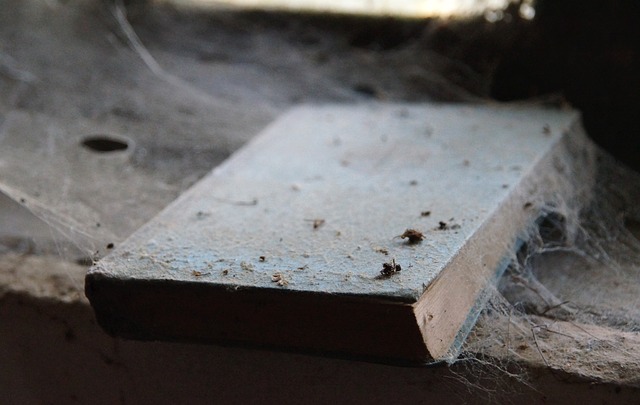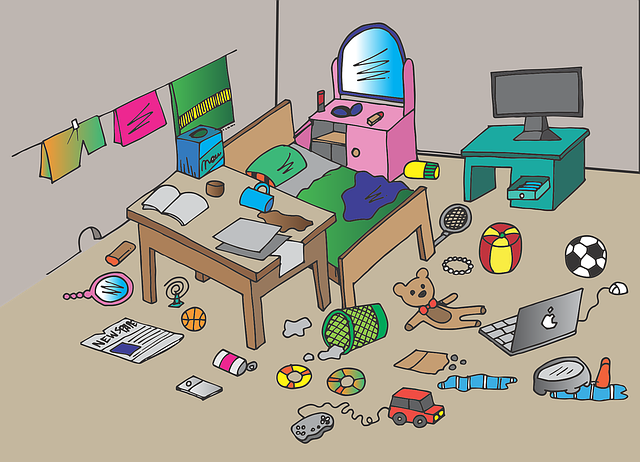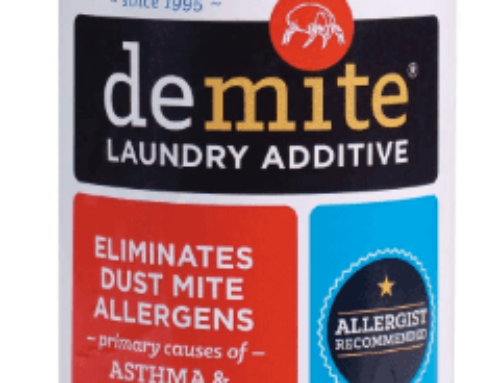Table of Contents
Dust mites are the usual cause of allergy after exposure to house dust. It is important to note that dust is comprised of various particles including dust mites that can trigger allergic reactions among highly sensitive individuals. Aside from allergies, the mites are also a common trigger for asthma among children.
What is dust?

Dust is a common air pollutant from various sources and activities. Some of the natural sources include erosion of sand, soil, and rock. The dust in our environment also contains a combination of microscopic organisms, pollen, plant material, and animal dander.
Man-made dust is widespread in urban environments. It is created by various activities ranging from hobbies including gardening as well as major industrial processes such as the generation of electricity at power plants. This explains why sensitivities to dust and its associated allergen are more prominent in busy cities.
The dust particles can range from invisible to visible. If the particle is miniature, it remains in the air for a longer period and travels longer distances. Larger dust particles drop out of the air which forms the layers of dust on furniture or other surfaces in the house.
These large dust particles can end up trapped in the mouth or nose if inhaled and readily exhaled or swallowed without causing any harm. As for fine dust particles, they are invisible to the naked eye. These are likely to embed deep into the lungs.
Regardless of dust sizes, you’ll want to keep your home free from them. Having specks of dust building up at home is an open invitation to colonies of dust mites, which lead to health issues.
What are dust mites?
Dust mites are generally found in various objects around the house such as upholstered furniture, pillows, blankets, and mattresses. Due to this, it is vital that these items undergo regular cleaning to prevent large-scale infestation.
If a person inhales dust along with the fecal matter or dead shells of the mites, it can trigger an allergic reaction or even asthma.
Dust mites prefer environments with a temperature that ranges from 68-77 degrees Fahrenheit. Humidity is also a major factor, with the optimal growth of dust mites within the levels of 70-80%. Due to this, it is vital to control the level of humidity inside the house.
Physically, a dust mite can range from one-quarter up to one-third of a millimeter in length. You cannot see one with the naked eye. When using a microscope, they appear as white insects with 8 legs that closely resemble spiders, chiggers, and ticks which of the arachnids family.
Does all dust contain dust mites?
It depends.
Dust accumulates throughout the home. It can contain a variety of substances including dust mites and their excretions that trigger the symptoms of asthma or an allergic reaction among highly sensitive individuals upon exposure or inhalation.
As allergens, dust mites are the usual culprits along with pollen, animal dander, and other microorganisms.
The mites are present in almost all homes, even those that are clean. They prefer warm and humid areas. Once the relative humidity is higher than 50% during certain times of the year, the population of dust mites is expected to rise in the house.
The mites also thrive in warm, dark and humid environments usually offered by mattresses, pillows, comforters, carpets, blankets and upholstered furniture. Additionally, these areas also provide the main food source of the mites specifically the human skin cells that are shed daily aside from the dust that is already present.
Why dust mites thrive in areas with dust?

Dust mites prefer humid, warm areas that hold a large amount of accumulated dust. A variety of household items such as mattresses, bed pillows, carpets, stuffed toys, and upholstered furniture are suitable places for the mites to thrive.
Areas that are dusty usually contain dead skin cells as well, both from humans and pets. These provide ample food source for dust mites to thrive. If you have dust gathering in various corners of your house, it simply increases the population of dust mites.
Proper and regular cleaning of these items can make a big difference in lowering the number of dust mites present in the house.
Remember that even though a house is thoroughly cleaned and maintained to be free from dust, it is not an assurance that dust mites can be avoided. Any furniture or object that gathers human skin scales will surely attract the mites and eventually multiply to large numbers if left unchecked for long periods of time.
Does cleaning dust remove dust mites?
Keeping your home free from dust is an important step to reduce the growth of dust mites, and thus, allergy symptoms that follow. The key is removing the dead skin cells that are food for dust mites. Here are some useful tips.
- Keep the level of humidity below 50%. Do not place plants and fish tanks in the bedroom since these increase the humidity level.
- Avoid using carpet, upholstered furniture and heavy drapes where dust can build up. Do not use any furniture that is covered with fabrics. Furthermore, use mattress and pillow covers made from a tight-weave fabric that prevents the entry of dust and dust mites.
- Get rid of any items that collect dust in the bedroom such as wall hangings, stuffed toys, books, and artificial flowers.
- Use steam cleaners on carpets if possible. This can help eliminate any dust mites.
- Regularly wash bedding including mattress covers and pillowcases in hot water every 1-2 weeks. Dry the bedding at high temperatures.
- Dust and vacuum 1-2 times a week to eliminate the buildup of allergens, especially dust. Utilize a dry cloth to wipe any hard surfaces such as tables, countertops and other furniture.
- Limit exposure to dust mites by using allergen-proof covers for the box spring, mattress, and pillows and ensure that they are regularly washed. This can effectively lower the number of allergens in the house.
Summary
Dust mites can be a nuisance for those who have allergies or asthma. One way to prevent an increase in the number of dust mites is to minimize any buildup of dust especially on furniture or objects where it can accumulate. Furthermore, regular cleaning of various surfaces around the house can greatly help as well.
Related:




Leave A Comment